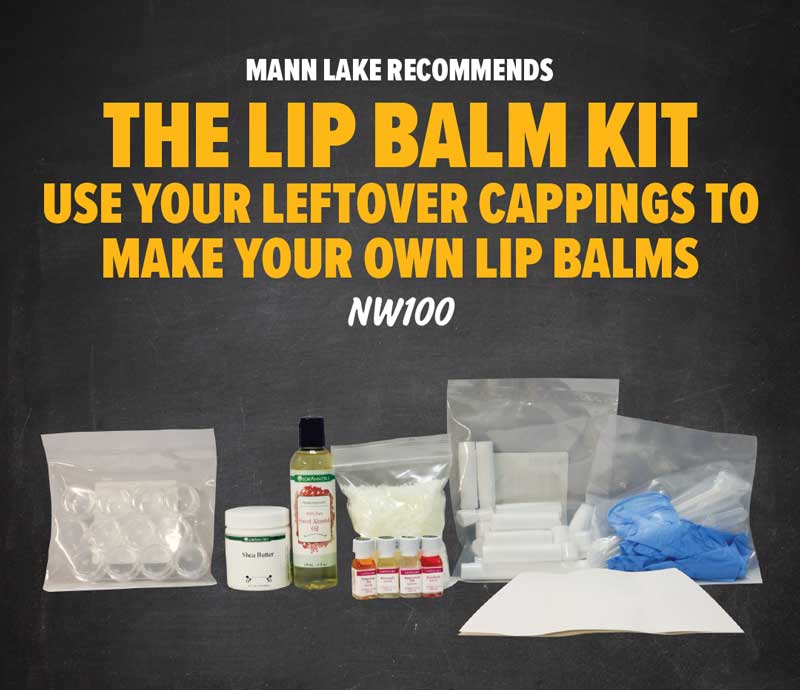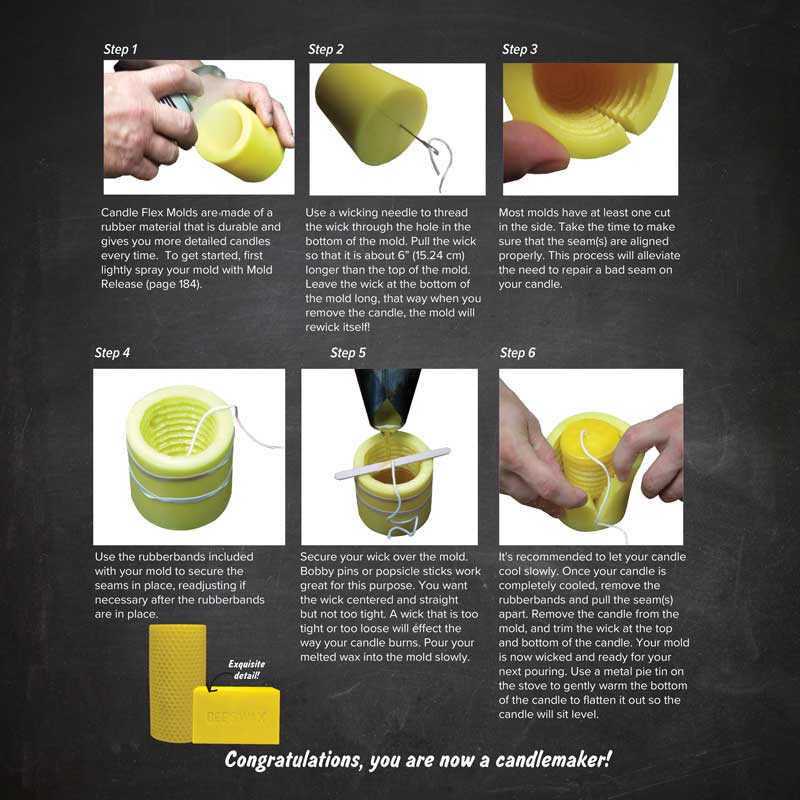Uses for leftover Cappings

The thin layer of new wax that bees build over the top of cured (or dried) honey is called beeswax capping. Honey isn’t the only useful substance made by bees. Beeswax, which is used to store and cover honey in the hive, is a valuable beekeeping by-product. The wax cappings used to seal in honey are removed during honey collection, but many beekeepers, hobbyists, and health enthusiasts use beeswax for a variety of reasons including making products like candles, lip balms, and skincare products.
Of course, you can buy beeswax from specialty stores or health food markets. However, like honey, store-bought beeswax will never give you the same satisfaction you can get from rendering your own wax straight from the comb. If you keep honey bees or know a beekeeper, you can gather your own beeswax for your various projects.
Guide to Managing your Wax Cappings
Melting Beeswax Cappings
To melt beeswax, use a wax melter. It is an economical and easy way to melt your wax in 30-90 minutes. Includes an attached valve for easy removal of wax. We recommend using strainer cloth (Polyester Strainer Cloth) or another semi-heat resistant filter to filter your beeswax.
- Set dial to warm; do not use higher settings.
- Place desired amount of wax in the melting pot, not exceeding the wall height of the pot
- Allow wax to melt slowly; do not leave the Wax Melter unattended during operation.
- Melt time may take 30-90 minutes depending on volume and wax properties.
- The lid may be placed on the Wax Melter to speed up the melting process. Remove the lid after wax has melted.
- A thermometer (not included) may be used to monitor the temperature of your wax. Beeswax will discolor at 185° F (85°C). Different types of wax will discolor at different temperatures.
- If wax is cooled in the valve, it will cause a blockage. To remove the blockage from an empty pot, turn the dial to warm with the valve open and place a container to catch the wax as it empties from the valve.

Cleaning The Beeswax
If you are using a pan with hot water to melt, once the water and beeswax are completely cool, you can remove the top layer of wax from the pan. Depending on what you want to use the beeswax for, you might have to clean the wax. To do this, simply wrap the wax in a fresh cheesecloth and repeat the melting process. You can also use a coffee filter to catch even more debris and create a cleaner batch of wax.
Uses For Beeswax Cappings
Once the beeswax is to your satisfaction, you can pour it into containers or molds and use it however you want. Some people choose to make home products such as candles or furniture polish out of their beeswax. Others create luxurious health and beauty products. The natural moisturizing properties of beeswax make it a fantastic ingredient for body butter and lip balm. Now that you know how to separate beeswax from honeycomb, you can make these and many other products at your leisure.

Candles Made Easy!
Whether you're a professional candle maker or trying it for the first time, you will love our easy-to-use Candle Flex Molds! Our durable and flexible molds last for hundreds of pourings, give you beautiful candles and ornaments time after time.


